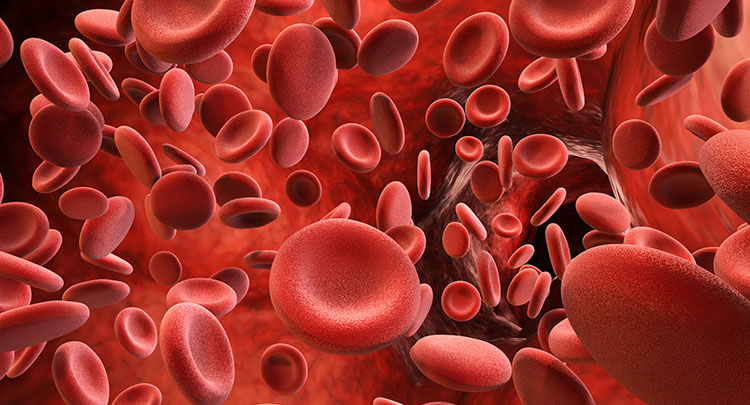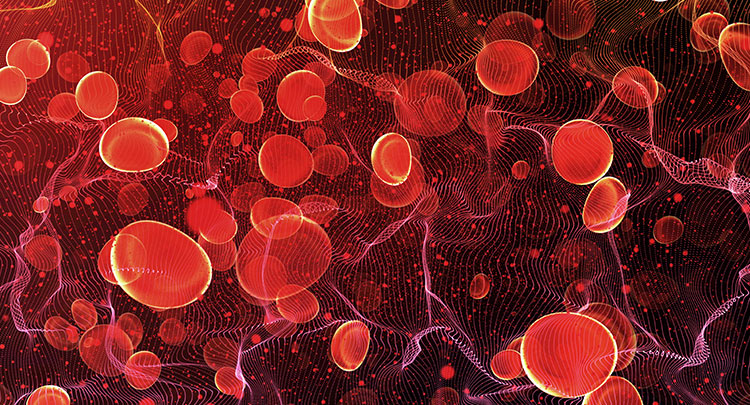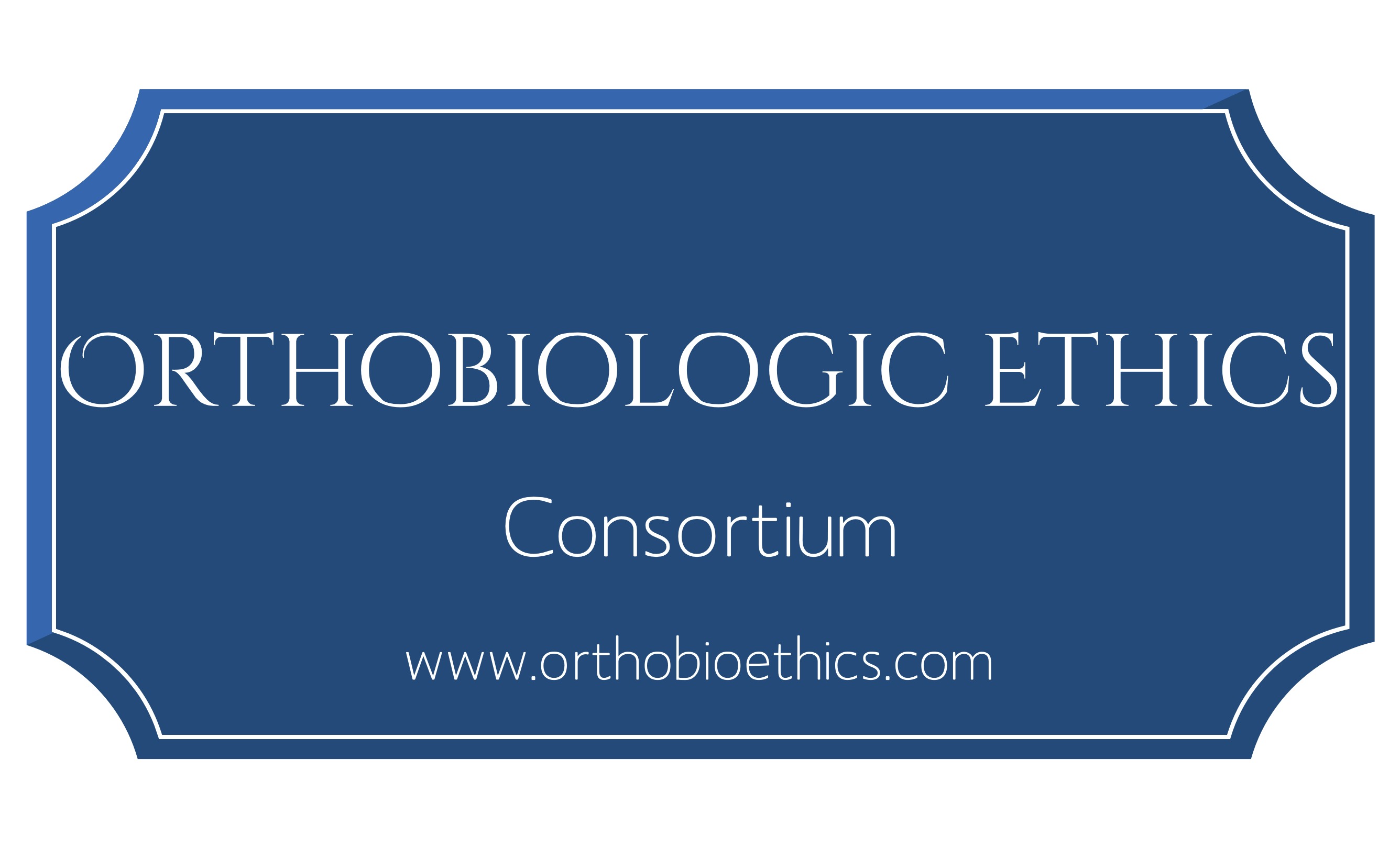
In the United States, osteoarthritis is the most prevalent joint disorder, and the Greater Atlanta area is no different. Around 50 percent of individuals are likely to be diagnosed with arthritis at some point in their lifetimes, and this risk increases even more for those who are overweight or obese.
This disorder can cause joint pain, stiffness, tenderness, and can have a huge negative impact on quality of life. Regenerative medicine treatments provide an alternative to surgical procedures, and AmnioFix and mesenchymal stem cells are two of the leading options. Both treatments are performed in-house under the supervision of specialist Dr. Garten.
What is Osteoarthritis?
Dr. Garten explains Osteoarthritis as followed: “a disease characterized by the breakdown of articular cartilage located on the ends of the bones.” This cartilage is known as hyaline cartilage, which is slick like ice and helps to keep joints moving smoothly and easily. Over time, this cartilage can begin to wear down, becoming rougher and inhibiting joint movement.
Arthritis can develop in a number of joints all over the body, the most common being the hands, neck, hips, knees, and spine. When these joints don’t move as smoothly, it can cause irritation in the joint, resulting in swelling and tenderness in the area. The swelling can also decrease range of motion, which lowers functionality as well.
Cartilage has a difficult time healing because it has very limited blood flow. Because of this, it is difficult to slow down or reverse arthritis, so joint replacement therapy is often utilized. However, regenerative medicine treatments may be able to help restore cartilage tissue, bringing the original joint back to health and maintaining its functionality.
What is AmnioFix?
This treatment option utilizes a growth factor matrix obtained from a human placenta. This tissue is made up of layers of chorion and amnion, which are the two main membranes of the amniotic sac found inside the uterus. These membranes are packed full of growth factors, cytokines, extracellular matrix proteins, enzyme inhibitors, and other specialty proteins.
All of these elements play critical roles in the healing process. They can help to recruit additional cells to the injury site, promote the regrowth of damaged tissue, and improve blood flow to speed up the rate of healing. This therapy has been shown to reduce inflammation levels, prevent scar tissue from forming, and improve the overall regeneration process.
These membranes are harvested from the placenta of healthy, screened, consenting women who give birth via C-section. The tissue is then processed through the PURION® method that creates a delicate scaffold of collagen matrix, which can serve as a barrier and protective layer to damaged tissues.
This matrix can then be inserted directly into the damaged tissue using image guided injection. This technique uses ultrasound imaging technology so that the injection can be placed very accurately and efficiently.
One study performed injections on 10 patients who did not want to undergo surgery and for whom conservative treatment options had failed. All 10 individuals reported that their pain levels had improved by at least 65 percent, and none of them experienced any side effects after four weeks, eight weeks, and six months.
What are Mesenchymal Stem Cells?
Mesenchymal stem cell therapy is a regenerative medicine technique that utilizes cells extracted directly from a person’s own bone marrow or adipose tissue. These cells have the ability to differentiate into other cells, including osteoblasts, which create bone; chondroblasts, which create cartilage; fibroblasts, which create fibrous tissues; muscle cells; and adipose cells.
These cells are generally extracted from the bone marrow using a needle that is inserted into the hip bone or through a liposuction procedure. Once these cells have been extracted, the sample is placed in a centrifuge to separate the various components. Then, the layer containing the stem cells is isolated, and injected into the site of injury to promote healing.
The ability of these cells to differentiate presents them as a very promising option in the field of regenerative medicine. Stem cells have been widely tested using animal models, and studies have shown that they are able to successfully regrow cartilage tissue.
Stem cells have also been tested using human subjects. One woman was experiencing arthritis in her hip, and she was not able to relieve the pain using NSAIDs. She reported her pain level as a seven at resting and a nine while walking. She decided to try stem cell therapy, and received an injection.
Four weeks afterwards, her pain rating had lowered to a four, and after 12 weeks, her pain rating was reduced to a two, showing an overall reduction of more than 70 percent. Her range of motion also improved significantly with flexion, abduction, and adduction. Similar results have also been seen in other cases of arthritis in both the hip and knee. Further studies have shown the effectiveness of mesenchymal stem cell therapy on treating arthritis in the ankles.
The Future of Regenerative Therapies
Osteoarthritis is a debilitating disease, and having to address the problem with surgical procedures is not in every patient’s best interest. The therapy options provided by AmnioFix and mesenchymal stem cells offer a very promising, non-surgical, and minimally-invasive treatment alternative.
These methods have been shown to help restore and produce new cartilage tissue in the affected area, providing increased functionality in the joint. They also help to reduce scar tissue buildup and prevent inflammation from occurring, which can improve joint mobility, reduce tenderness, and lower overall pain levels.
https://www.ncbi.nlm.nih.gov/pmc/articles/PMC2920533/
https://www.omicsonline.org/proceedings/amniofix-in-treatment-of-osteoarthritis-of-knee-45392.html
http://getbacktogo.com/amniofix-
https://www.ncbi.nlm.nih.gov/pmc/articles/PMC5826008/
https://jmedicalcasereports.biomedcentral.com/articles/10.1186/1752-1947-5-296






